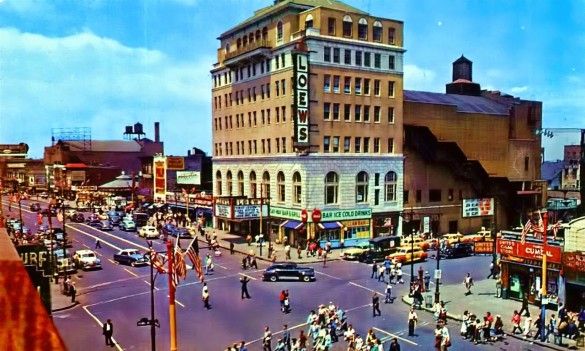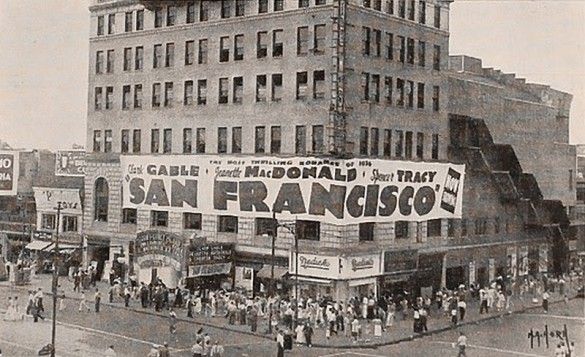Chatting With “Brooklyn Theatre Index” Author Cezar Del Valle

Cezar Del Valle has a lot going on. As an artist, a freelance writer, a public speaker and tour guide, and a longtime lover of the theatre, he’s uniquely qualified to take on the task of remembering Brooklyn’s historic film and performance venues–and he’s trying to make sure everyone else remembers them, too.
With his latest edition of The Brooklyn Theatre Index covering Coney Island, Brighton Beach, and Manhattan Beach, we asked Cezar to tell us more about his experiences covering some of the most architecturally lavish, sentimentally significant, and fastest disappearing buildings in our borough.

What first compelled you to write about Brooklyn’s historic theatres?
I started doing theatre talks and walking tours in 1996. It didn’t take long to realize that so much of Brooklyn theatre history had been lost, forgotten, or distorted.
How long does it take to conduct research and put these books together, and how many more do you expect to write?
The research for the first volume required the most work since it involved searching news clippings and microfilm in various libraries, and also a trip to the Theatre Historical Society in Elmhurst, Illinois, to study the Michael Miller collection [“The Index has its origins in two earlier surveys of Brooklyn theatres conducted independently by Dario Marotta and Michael Miller, each compiling an extensive listing of Brooklyn venues,” says a blurb on the back of Cezar’s book].
Online research for source material was also used for Volume I. By the time of the second volume, more and more data had turned up online making research easier, though some library research is still required.
When researching the third volume, even more data have become available online (including newspapers and trade journals), requiring less library work and more sitting in front of a computer. This new information was also used to update the first two volumes in 2013. Because of the all the new material available online, I am thinking of a third edition of the first volume.
Are any of the theatres in Volume III still around, even if they’re not open or have been converted for other uses?
The Lakeland (723 Brighton Beach Avenue) and The Oceana (1029 Brighton Beach Avenue) survive. The Loew’s Coney Island (1301 Surf Avenue) continues to deteriorate behind closed doors.

What’s the most interesting or even strangest thing you’ve learned/story you’ve heard about the theatres you’ve researched?
That’s a hard question. There are so many odd little theatres–especially true at Coney Island.
Pick your very favorite theatre mentioned in any of your books, or simply in Volume III, or in a volume to come. Why?
I tried hard to rescue the Bushwick–a vaudeville house designed by a noted architect–without success. I served on two panels to landmark Coney Island’s Henderson Theatre without success (the building was demolished). Those same panels also involved the Loew’s Coney Island.
Since releasing your books, have you gotten to know any other Brooklyn historic theatre buffs?
I met many local historians prior to the books. Since then, I’ve met photographer Matt Lamboss and new vaudevillian Trav S.D.
Want to learn more about Brooklyn’s rich theatre-related history? You can attend a Theatre Talks event with Cezar, or learn more about the Index series here.



